A pastel by André Margat, 1940-1950s.
Pastel watercolor of a woman filling water jugs
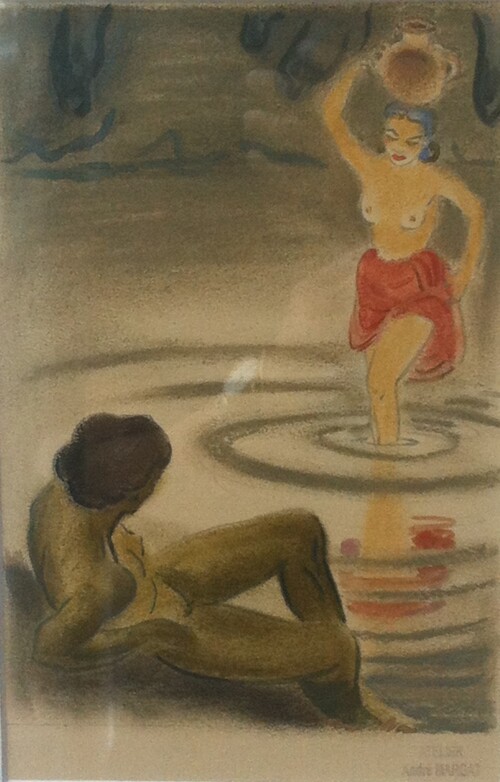
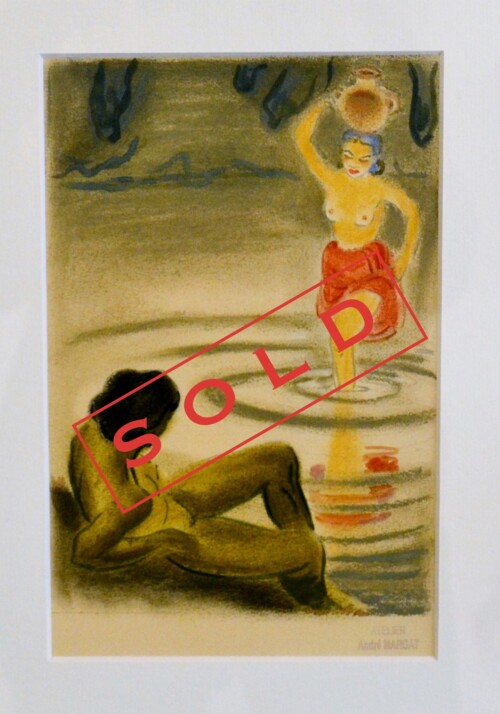
Pastel watercolor of a woman filling water jugs
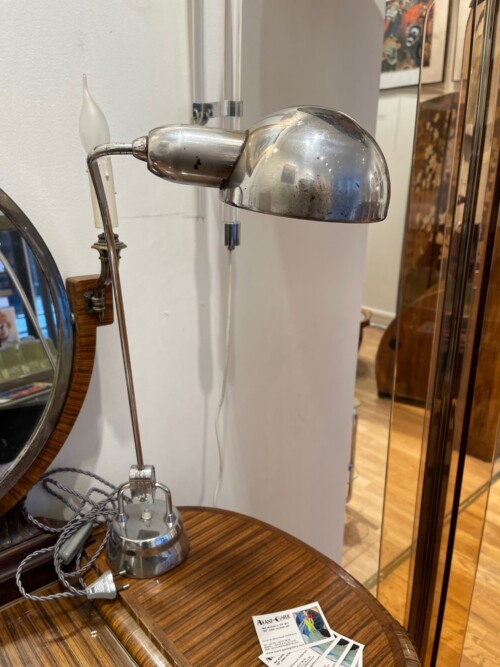
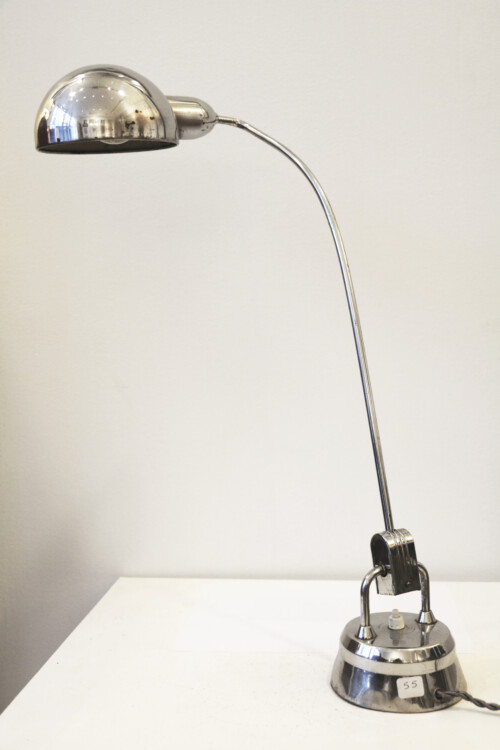
Attribuée à Charlotte PERRIAND (1903-1999)
Lampe de bureau
Modèle 600 en acier chromé
Editée par Jumo
Années 1950
H : 52 cm ; L : 13,5 cm ; P : 11 cm
Ce modèle communément attribué à Perriand aurait été sélectionné par la créatrice dans le cadre de ses travaux lors du Salon des Arts Ménagers de Paris en 1953.Pour plus d'informations sur la créatrice, cliquer sur le nom : Charlotte PERRIAND
Desk lamp attributed to Charlotte Perriand, circa 1950.
Desk lamp model 600 in chrome steel
Edited by Jumo
Circa 1950.
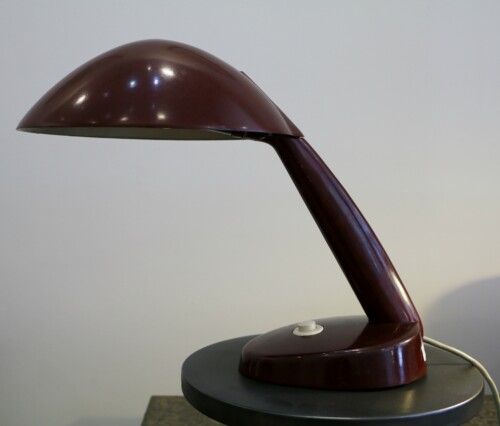
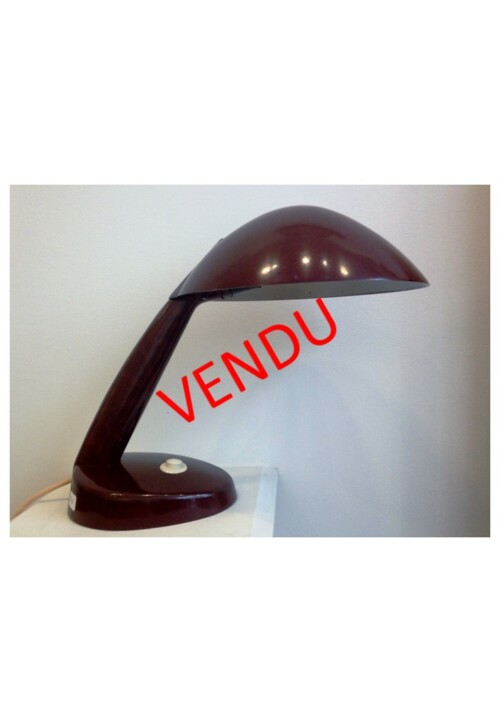
Kandem (Körting & Mathiesen) edition bakelite table lamp attributed to Marianne Brandt.
Marianne Brandt worked for the lamp editor Kandem for whom she designed the most representative models in a tight cooperation between the Bauhaus and Kandem. When the Bauhaus was forbidden she continued to work as a free lancer.
This bakelite table lamp is approximately dated 1945. Wired for European use.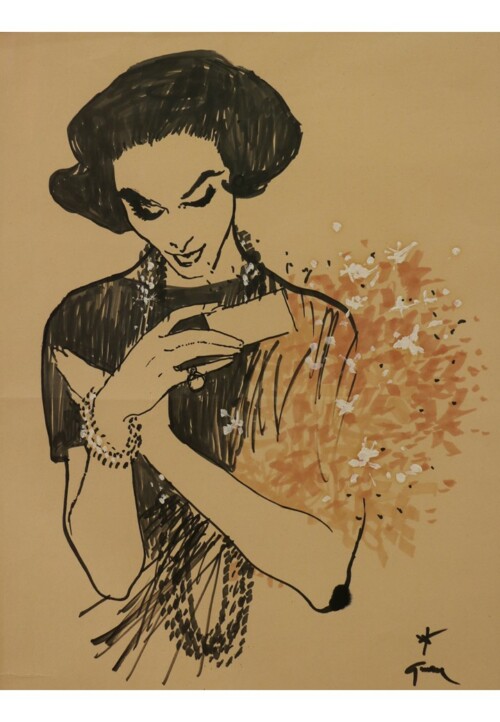
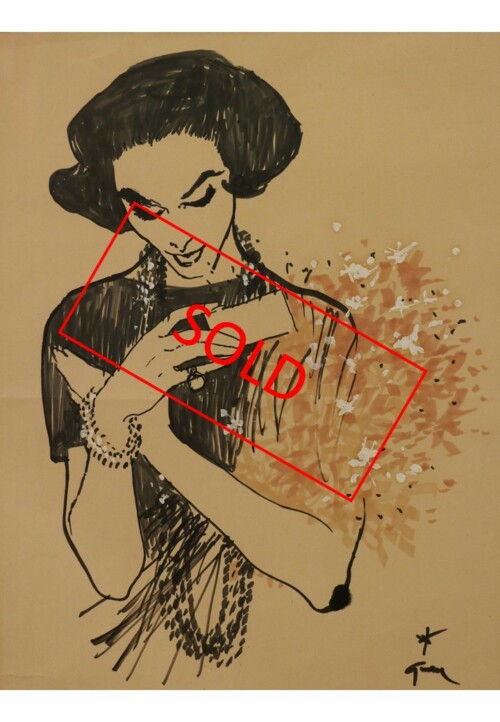
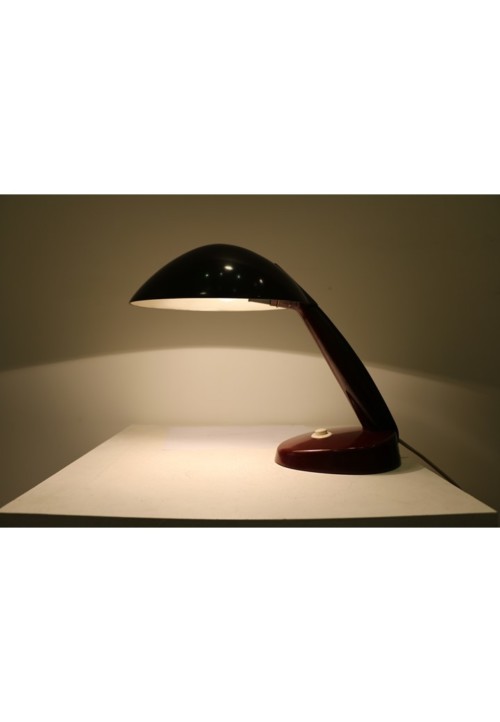
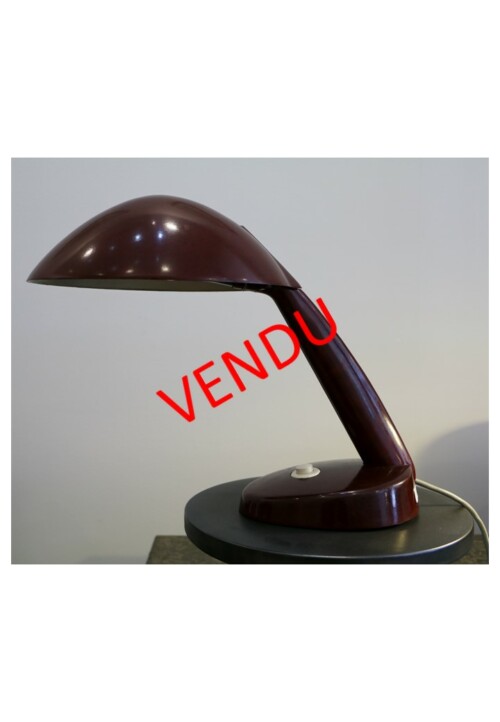
Kandem (Körting & Mathiesen) edition bakelite table lamp attributed to Marianne Brandt.
Marianne Brandt worked for the lamp editor Kandem for whom she designed the most representative models in a tight cooperation between the Bauhaus and Kandem. When the Bauhaus was forbidden she continued to work as a free lancer.
This bakelite table lamp is approximately dated 1945. Wired for European use.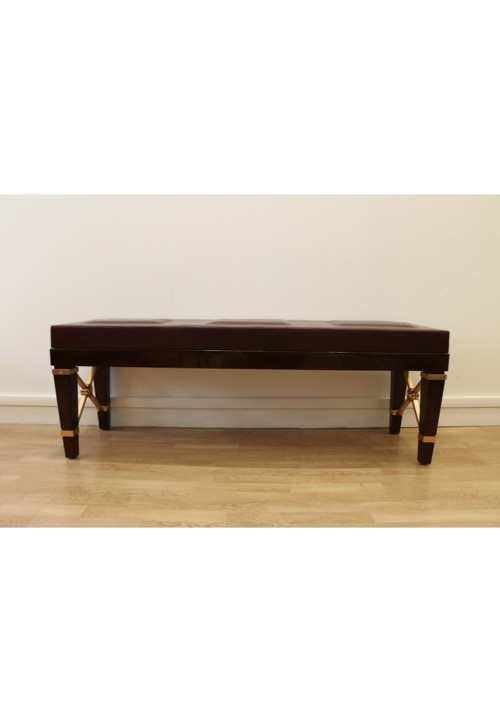
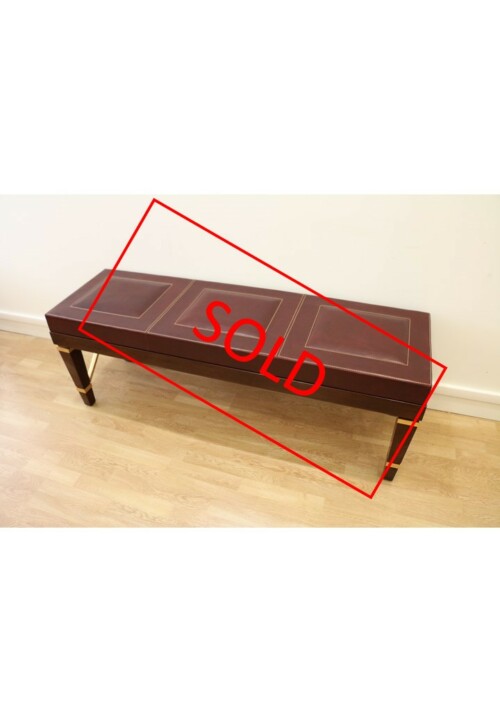
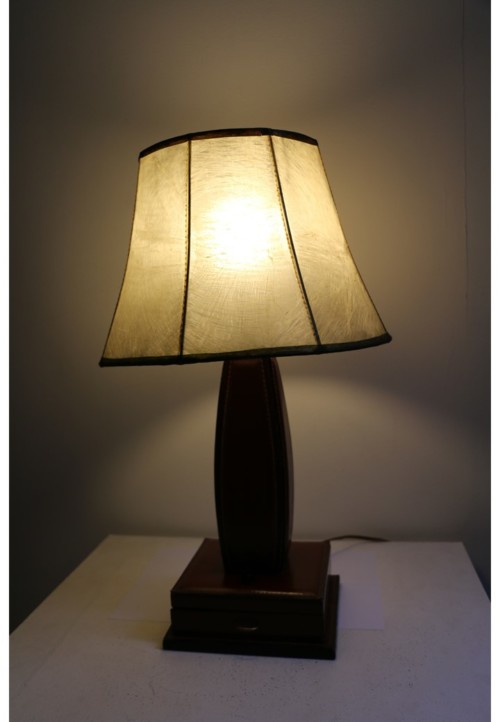
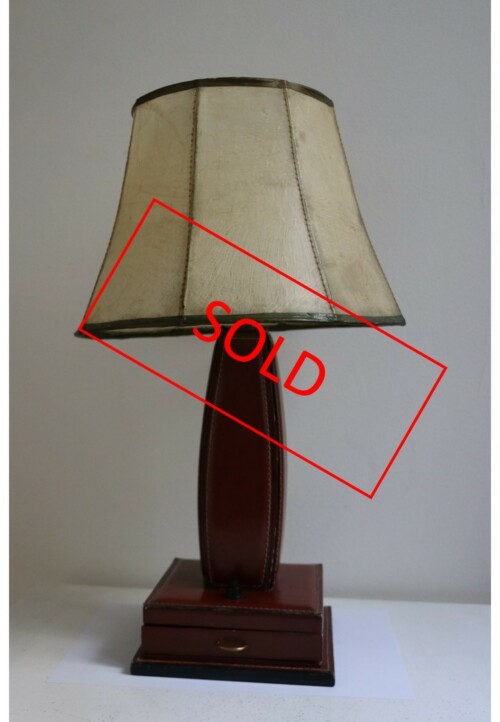
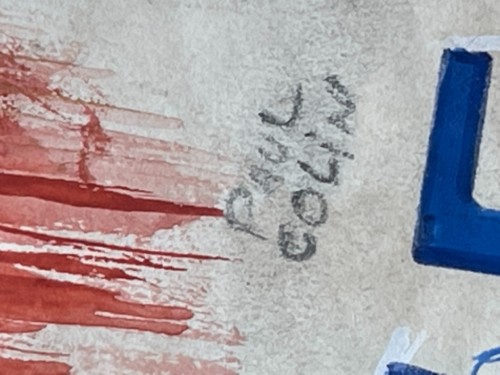
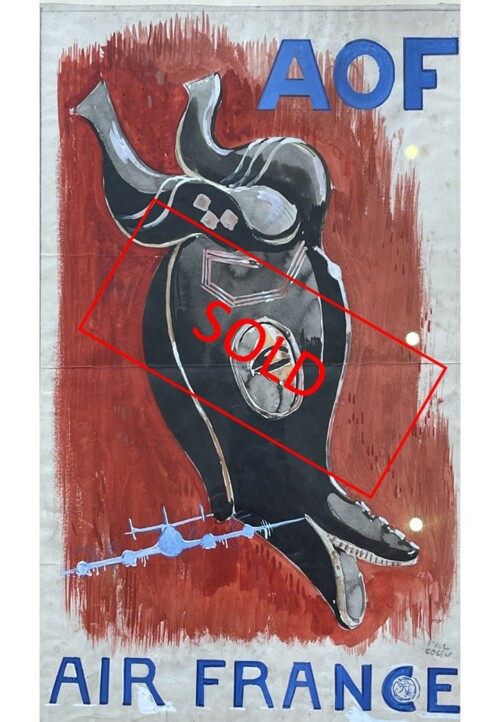
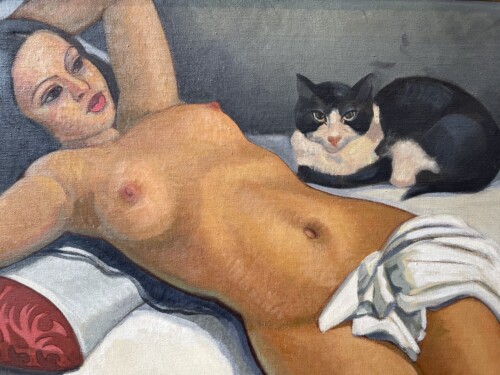
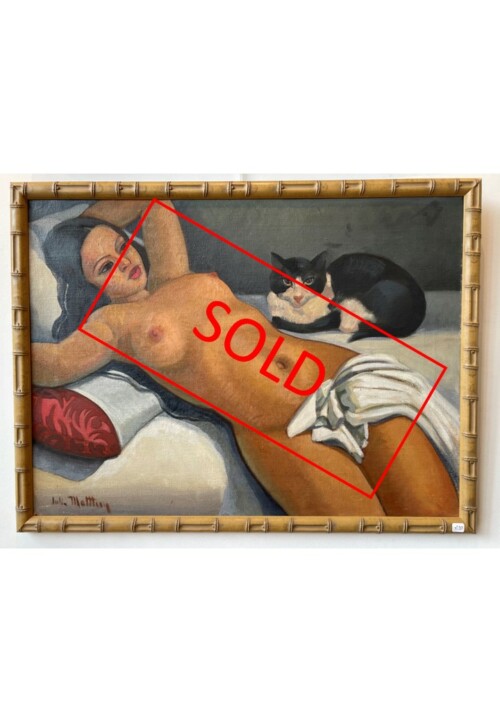
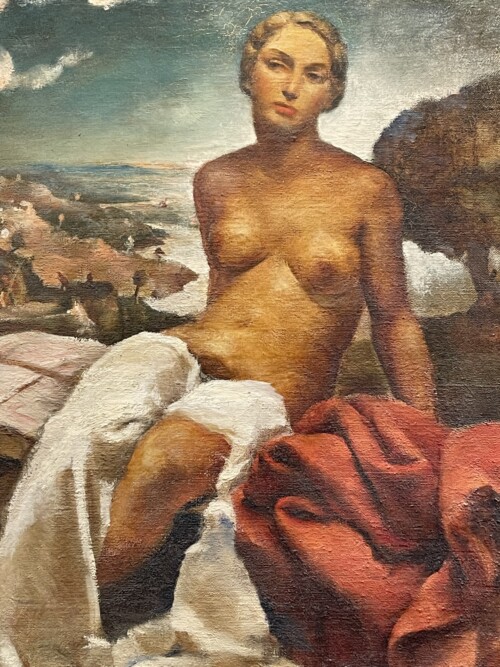
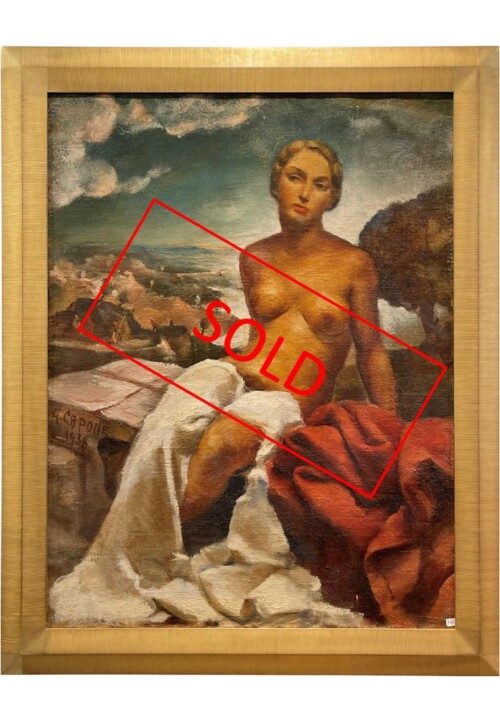
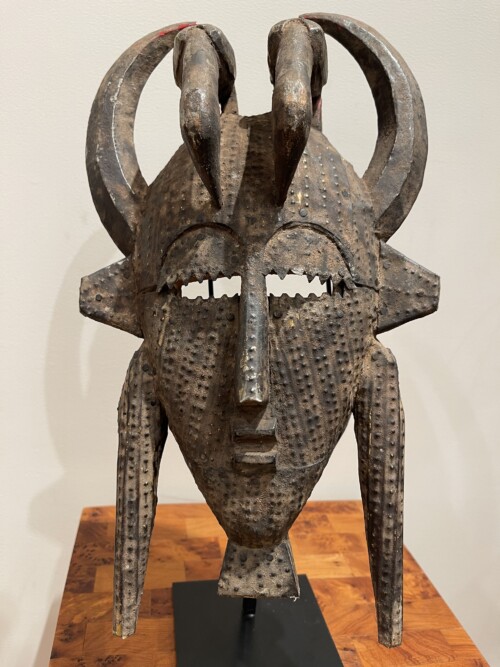
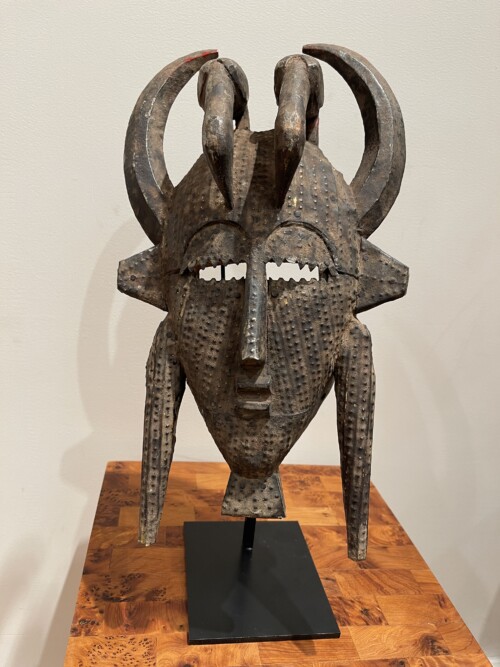
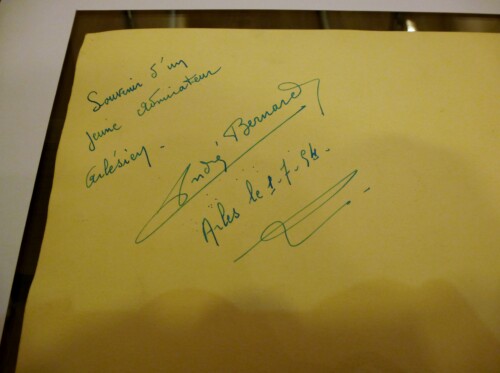
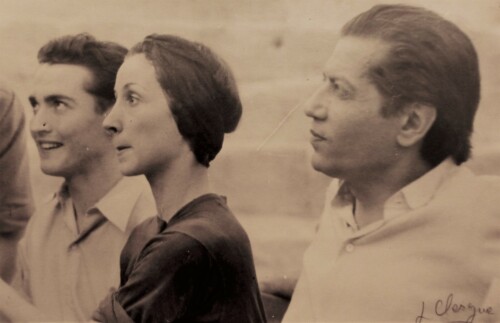
Photography by Lucien Clergue representing Serge Lifar (Diaghilev successor as a director of the famous Russian Ballet and director of the Paris Opera House)) accompanied by Janine Charrat (legendary ballet dancer and ballet director) taken in Arles (France) in 1954.
The photography is signed on the bottom right. Manuscript dedication on the back "Souvenir of an Arlesian admirer, Andre Bernard, Arles July 54 the 1st".
Original print.
Dimension without frame: 22cm x 14cm.